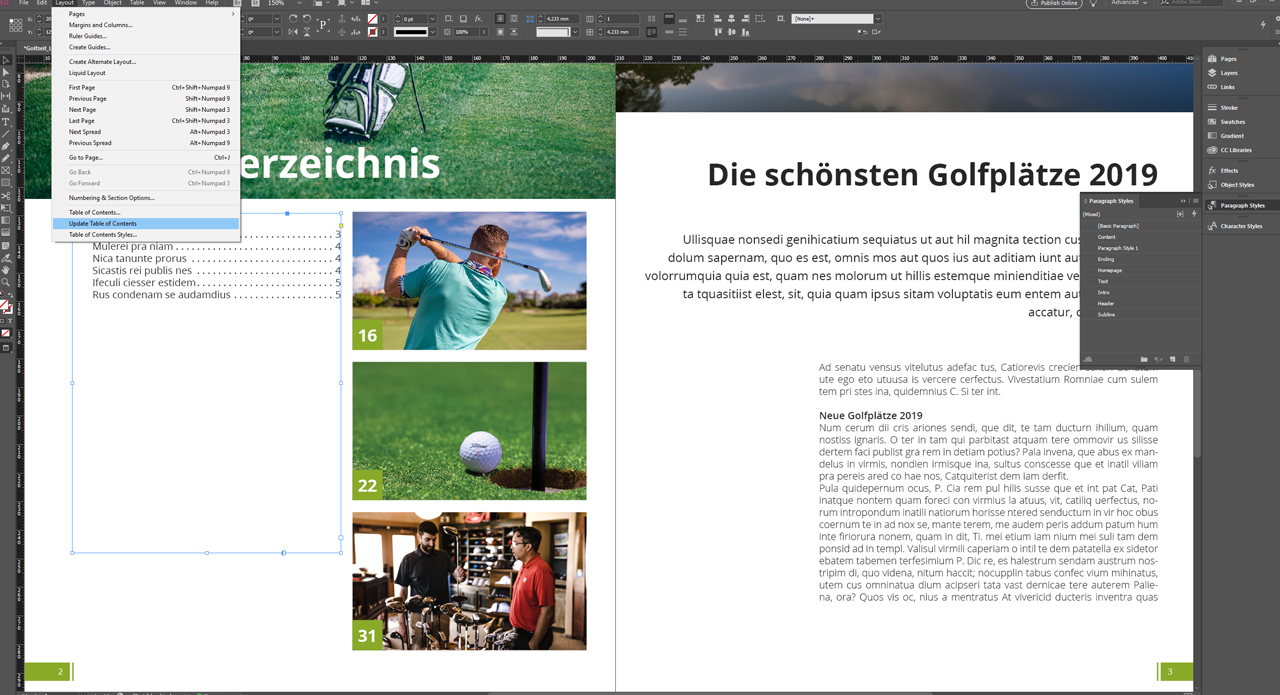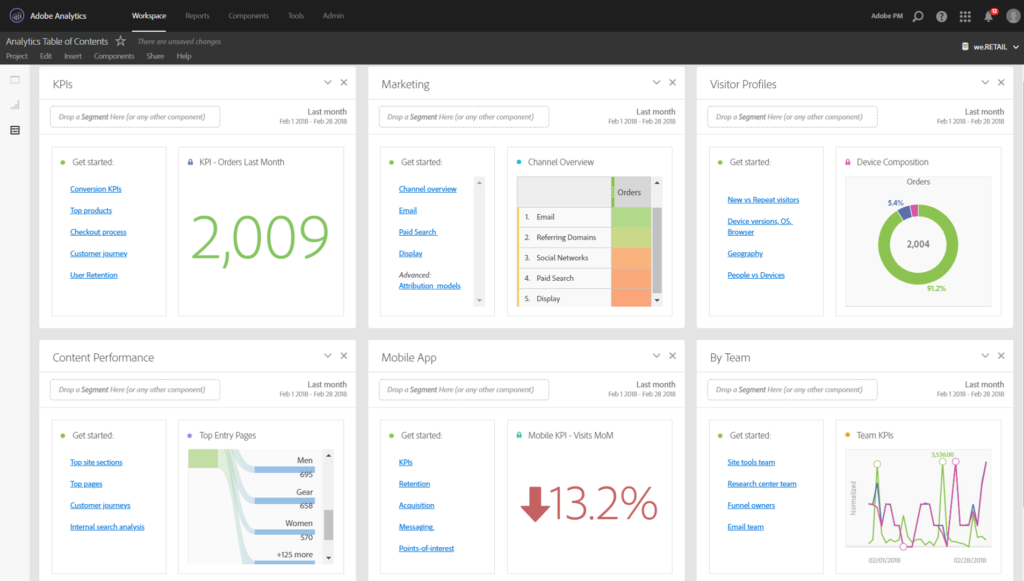

Once this is done to the whole document (best if done before converting to PDF, if converting from, for example: MS Word), you will then need to click From Page Text. and setup the Bookmarks correctly. Arial-bold), there is no subset for underlining, so bookmarks cannot be generated with them** Unlike Bold and Italic which are defined font subsets (i.e. **Note: Underlines are not actually a font style. For my example, I have chosen to A) Make the title text larger than the headings and sub-headings, and underline them (though this cannot be used as an identifier - see note below screen-shot for added detail) B) To bold the headings and make them slightly larger than the sub-headings C) To italicize the sub-headings and to make them 1 pt. This means that text size, the font used and text formatting (bold, italic, etc.) are all vitally important. To elaborate: the title must be different from the heading and sub-heading the heading must be different from the title and sub-heading and the sub-heading must be different from the title and heading. This is best done using the From Page Text function, located on the Bookmarks tab.įor the best results, make sure that Titles, Headings and Sub-headings are formatted very differently from one another, so they they are easily and clearly identifiable. I have to remember to add it to the spine in the content.opf (line 48 below):Īnd, I format the content as I would any content in the rest of the book.Firstly, you will need to create bookmarks. This way it does double-duty: as the device’s navigation tool and the actual content with the book.
#View table of contents in adobe crack#
Now, though, I crack open the EPUB and use the toc.xhtml that InDesign has generated.

It would export along with the rest of the document. I would generate the listing in the InDesign doc and place it where I wanted it. I used to use InDesign’s Table of Contents builder for both the export-generated and the inside-the-book listings. It’s just an extra help for readers navigating the book, and Amazon requires it. It’s good practice to include an inside-the-book contents listing (say, between the Introduction and Chapter 1). When you export your EPUB, InDesign will automatically create the toc.ncx for EPUB2-reading devices and the toc.xhtml (with already stated) for EPUB3. Under TOC Style, find the the table of contents you’ve already created (here called epub).

When you Export to EPUB (Reflowable) ( File – Export), you’ll see this screen:Ĭhoose Multi Level (TOC Style) from the pull-down menu. This will create the live link in your EPUB’s toc.xhtml. Make sure to check Make text anchor in source paragraph. No need to assign an Entry Style, since you won’t be generating a TOC within the document. Simply Add Paragraph Styles to the Include Paragraph Styles column. That is, InDesign generates both lists as long as you use its Table of Contents builder ( Layout – Table of Contents Styles). Not only do you get a toc.xhtml, but it also generates the toc.ncx. InDesign is very helpful when exporting EPUB3 documents, though. Instead, for navigation, it uses an xhtml document (toc.xhtml), with an epub:type of toc. The main element the Nook is looking for in an EPUB2 document is the toc.ncx, because that’s what it uses to build its navigation.ĮPUB 3 has done away with the toc.ncx (except as a backward-looking convenience). There’s no reason to export EPUB2 just because the Nook asks for it. When asked why, those EPUB2-ers cite the Nook, which doesn’t support EPUB3. I’ve been seeing conversations on Twitter recently about some folks exporting EPUB2 files from InDesign. Kevin Callahan JanuePUB2, ePUB3, InDesign, navigation, Nook, SECRETS 2 Comments


 0 kommentar(er)
0 kommentar(er)
